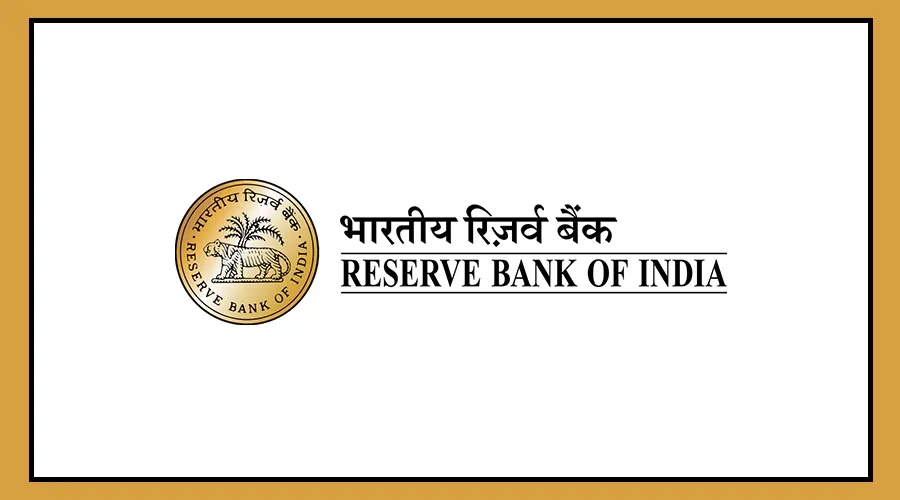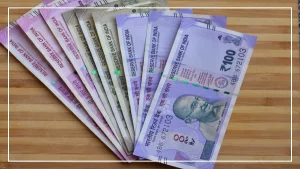The government’s treasury is booming during the Lok Sabha elections. Surpassing expectations, the RBI plans to contribute significantly to the Central Government’s funds by offering a substantial dividend.
Thanks to the stellar performance of banks, which earned a profit of Rs 3 lakh crore in 2023-24, the RBI is set to provide a dividend of Rs 2.11 lakh crore (2,10,874 crore) to the central government.
On May 22, RBI announced that the dividend is in line with the Bimal Jalan Committee’s recommendations, adopted by the central bank on August 26, 2019.
Each year, RBI transfers dividend income from investments to the central government as a fixed amount.
In the previous financial year, the central bank provided Rs 87,416 crore as dividend to the Center.
Good news for the upcoming government
This year’s dividend is significantly larger, marking a 141% increase from FY23.
The impact of this substantial dividend on the incoming government’s finances is evident.
It will aid in reducing the fiscal deficit and support funding for new schemes. In addition to this, receiving such a substantial amount will enable the Government of India to offset the revenue shortfall from missing the disinvestment target.
Moreover, raising funds for the government’s public welfare schemes will become considerably easier with this amount.
Upasana Bhardwaj, chief economist at Kotak Mahindra Bank, states that this historic dividend will decrease the fiscal deficit by 0.4% in FY25.
The forthcoming budget’s announcement of reduced borrowing space will offer considerable relief to the bond markets.
Aditi Nair, Chief Economist at IRCA, mentioned that the Rs 2.11 trillion amount surpasses the budgeted Rs 1.5 trillion for dividends and profits in the interim FY 2025 budget, including dividends from PSUs.
This higher-than-expected RBI dividend will boost the Government of India’s resources in FY 2025.
Additionally, the RBI board has approved raising the contingency risk buffer from 6% to 6.5%.
This move reflects improved coordination between RBI and the central government.
To note, this is the highest dividend ever given by RBI to the government. In 2023-24, RBI transferred Rs 87,416 crore as a dividend to the government.
Previously, in 2019, the government received a record dividend of Rs 1.2 lakh crore from RBI.
Where does RBI get so much money?
The RBI provides dividends to the government from its surplus income. This income is generated from investments, valuation increases after holding dollars, and fees received for currency printing.
As per regulations, RBI must maintain a Contingent Risk Buffer (CRB) of 5.5%-6.5% of its balance sheet.
Due to economic growth in 2022-23, CRB was raised to 6%, and if growth persists, it will increase to 6.5% in 2023-24.
Additionally, RBI’s securities are held both domestically and internationally, contributing to its earnings.
Banks increased RBI’s income!
This year, income from foreign exchange transactions is anticipated to decrease because RBI sold fewer dollars in 2023-24 compared to 2022-23.
In March this year, RBI’s forex reserves rose by $67 billion. With the rising dividend, the Finance Ministry might cut down on bond sales.
As per the interim budget in February, the Government of India aims to raise Rs 14.13 lakh crore through bonds for 2024-25.
The Reserve Bank falls under the Finance Ministry of the Government of India.
Its role includes regulating India’s banking system and overseeing the printing and supply of Indian Rupees, as well as controlling Rupee supply and prices.
The main sources of RBI’s earnings are:
Interest earned from government bonds and investments in foreign currency.
Around 70% of RBI’s balance sheet comprises foreign currency assets, while 20% is in government bonds. RBI also profits from selling reserved dollars when their prices rise.
Additionally, RBI earns from lending money to the government for market investments and from loans to commercial banks, who pay interest in return.
Interest on surplus funds or dividends remaining after providing dividends to the government.
Income from revaluation of foreign assets, including gold. Significant earnings come from selling reserve gold at higher prices.
What is Dividend?
Dividend is a portion of a company’s profits distributed to its shareholders. It can be in the form of cash, cash equivalents, shares, and more.
























